Understanding Spiders: Fascinating Facts That Will Surprise You!
Written on
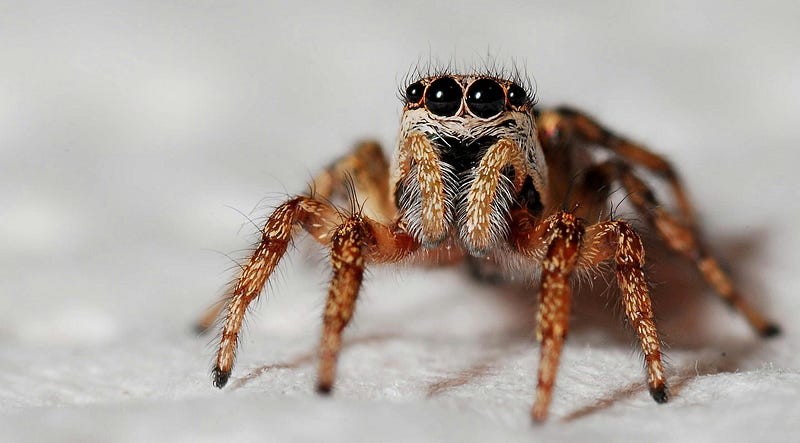
Spiders, often misunderstood, are remarkable beings with various unique traits. Over nearly 400 million years, arachnids have honed their hunting techniques, typically preying on insects. With a diverse range of venoms and the ability to spin strong and elastic webs—made primarily of proteins but tougher than steel—they are truly extraordinary.
The concept of spiders has even inspired fictional superheroes like Spider-Man. Here are some astonishing facts about these creatures.
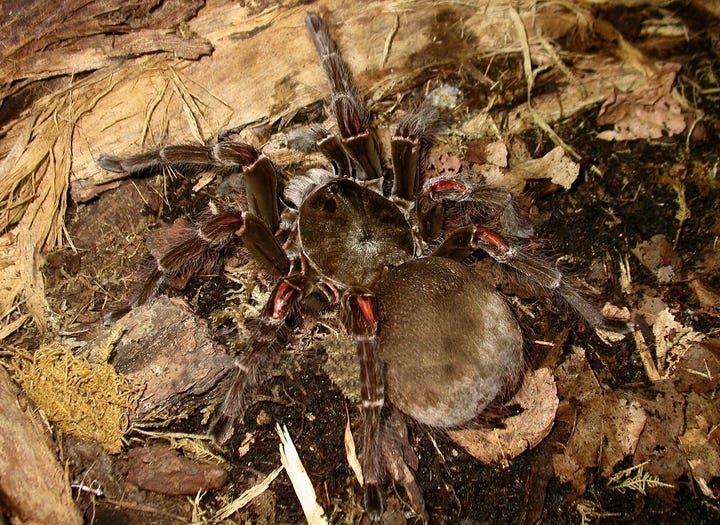
Nature Facts About Spiders
Let’s explore some biological insights that highlight how exceptional spiders are:
- Largest Spider: The Goliath birdeater can reach a body length of over 30 cm.
- Most Dangerous Spider: The Sydney funnel-web spider (Atrax robustus) is notorious for its lethal bite, having claimed at least 26 lives.
- Emerging Threat: In Germany, the Zoropsis spinimana, or Nosferatu spider, is increasingly being spotted.
- Prey Size: Spiders can capture prey larger than themselves, such as the false black widow, which can take down shrews, and the Latrodectus hasselti, known to hunt larger snakes.
- New Discoveries: New spider species are continually being identified, including one named after musician Lou Reed and actor Joaquin Phoenix, along with an endangered species from Miami.
- Fungal Threats: Parasitic fungi pose a significant risk to spiders.
- Underwater Survival: The tropical spider Trechalea extensa can remain submerged for up to 30 minutes.
- Electric Field Utilization: Spiders can use electric fields to assist in flight, with webs carrying small arthropods aloft.
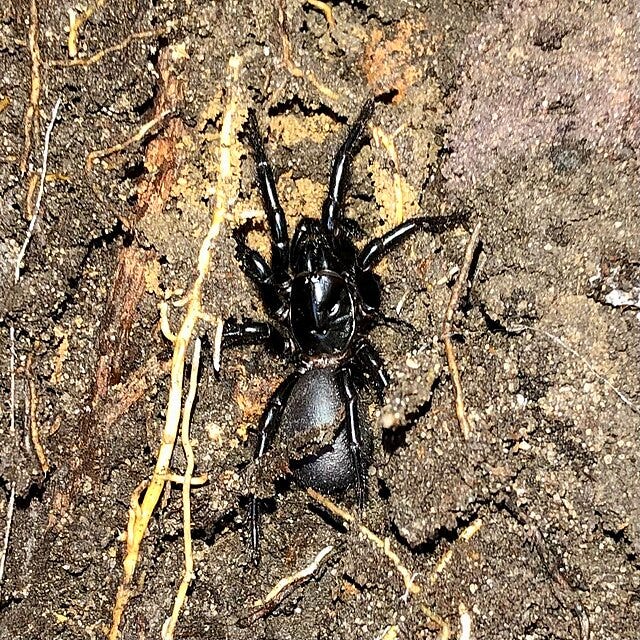
Technological Insights from Spiders
Studies on spider construction and biology have led to breakthroughs in various fields, including medicine and engineering. Some noteworthy applications include:
Pain Relief
Despite being among the most dangerous spiders, the funnel-web spider's venom has potential medical benefits. Research led by Xiao Zhang has identified a compound in their venom that may aid in developing more effective painkillers by blocking pain pathways.
Strong Materials
Prof. Craig Vierra has dedicated over a decade to studying the silk of Latrodectus hesperus. The silk is impressively strong and flexible, composed of various fibers that together exceed steel's strength.
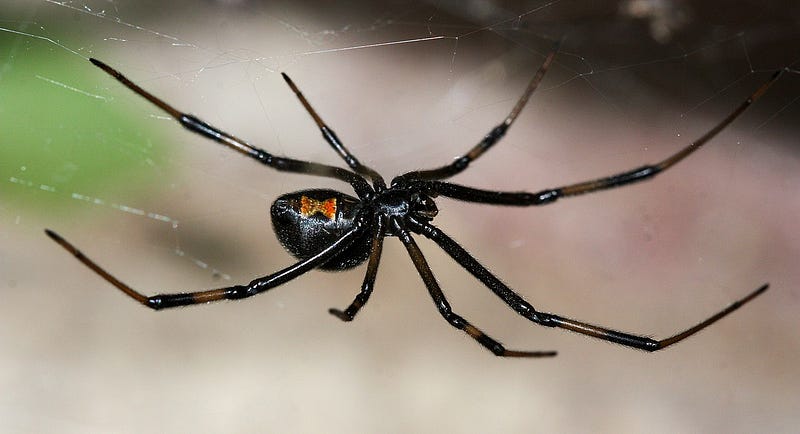
Erectile Dysfunction Solutions
The Brazilian wandering spider (Phoneutria nigriventer) causes painful bites with a surprising side effect: extended erections. Research indicates that its venom could pave the way for new treatments for erectile dysfunction.
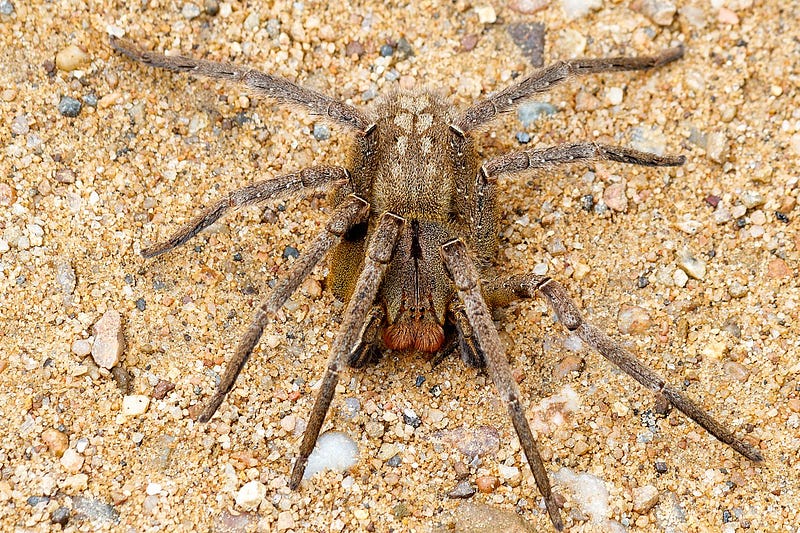
Space Exploration
The Japan Aerospace Exploration Agency (JAXA) has experimented with spider-like robots to create complex structures in space, successfully launching a satellite to test this innovative technology.
Reflective Materials
The female Asian spider Cosmophasis umbratica uses its body’s UV-reflective features to attract mates. Research led by Dr. Li Daiqin aims to develop new materials for sunscreens and sunglasses based on this property.
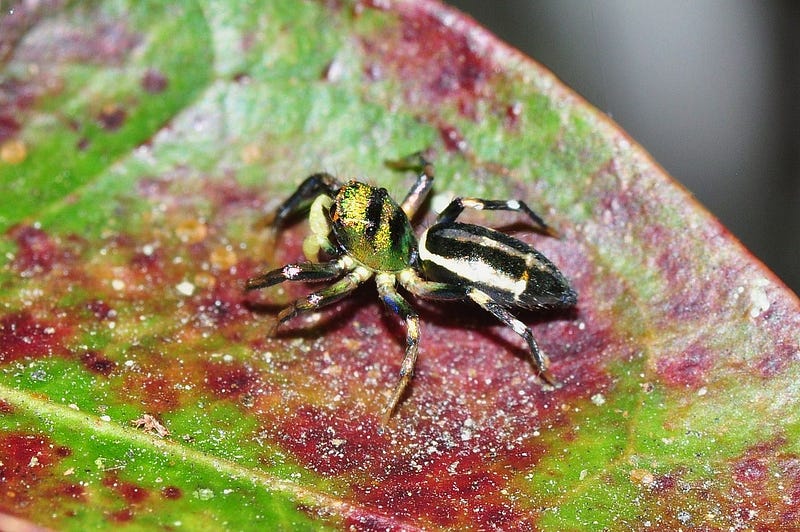
Eco-Friendly Adhesives
Dr. Omer Choresh’s team at the University of Wyoming is working on a bioadhesive inspired by Nephila clavipes. Their research seeks to produce a sustainable adhesive by isolating silk-producing genes.
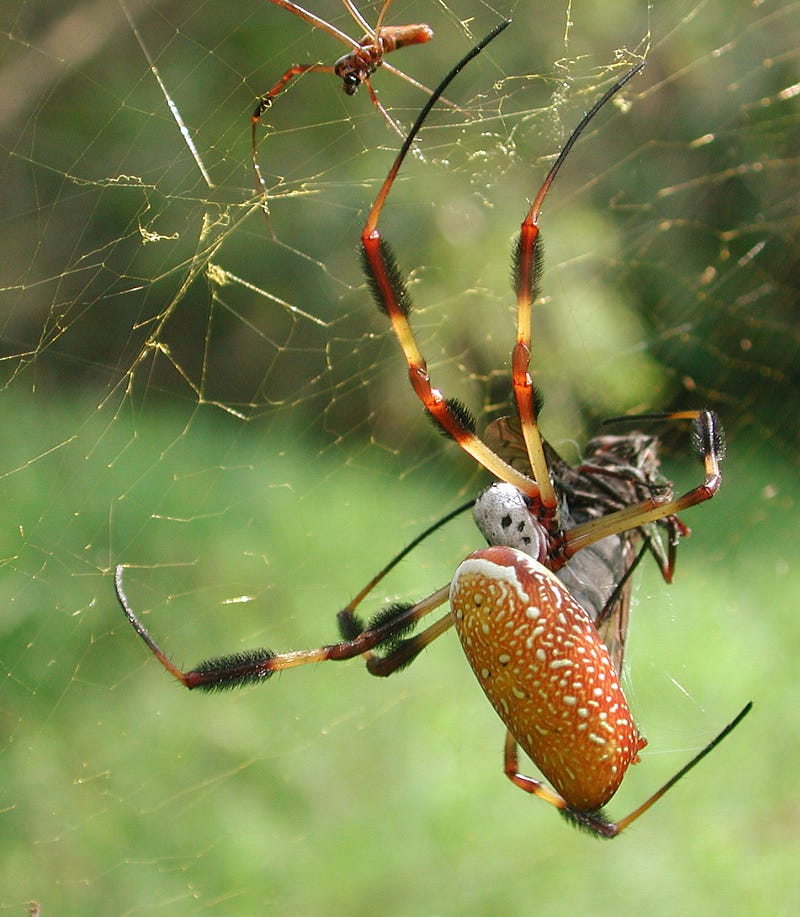
Nerve Repair Materials
Scientists in Britain have developed Spidrex, derived from spider silk proteins, which could be used to reconstruct damaged nerves and treat various injuries.
Safe Insecticides
Research by Prof. Glenn King has found a neurotoxin in the venom of Hadronyche versuta that could lead to the development of safer insecticides, particularly against resistant mosquitoes.
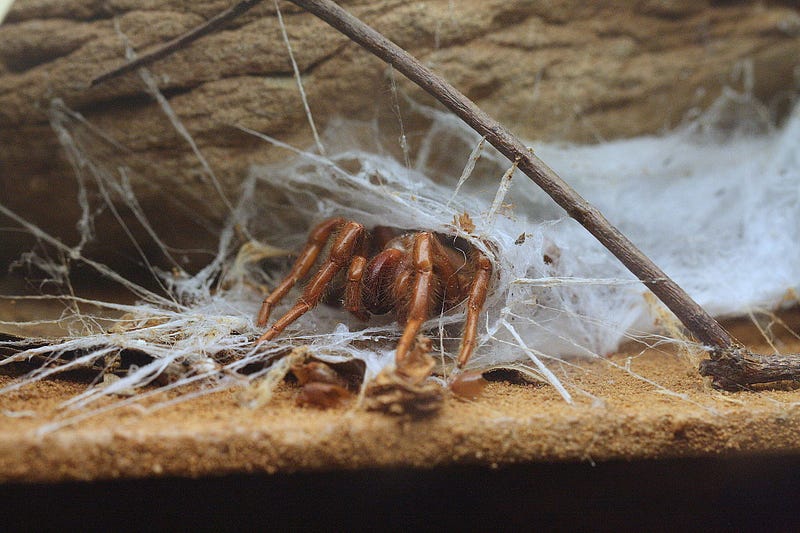
Dear Readers
I want to address a concern affecting content creators like myself on Medium.com. Despite our dedication to crafting valuable articles, the compensation is often inadequate. If you appreciate my work, please consider supporting me on my "Buy Me a Coffee" page. Your contributions, regardless of size, motivate me to keep producing engaging content. Thank you for being a part of this journey!

